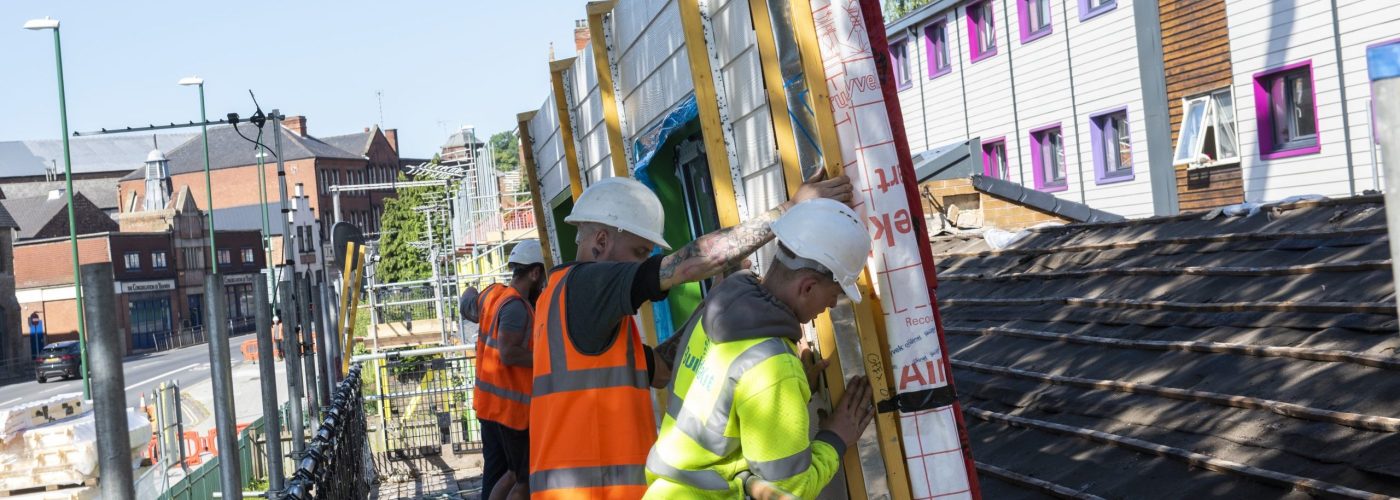A new report, published by the Supply Chain Sustainability School, reveals that 9 significant opportunities exist for offsite manufacturers to help their clients in their drive for low carbon construction projects, both new build and in the retrofitting of existing buildings.
The built environment industry needs to rapidly decarbonise existing and new buildings, as well as reduce embodied carbon produced in production of building materials and elements, construction, and maintenance of assets. The ability of offsite construction processes to reduce whole life carbon is often expressed, but evidence of this has been patchy.
Drawing on the experience of more than 40 organisations working across homes, commercial, public and infrastructure, the new report, ‘Whole Life Carbon Guidance for Offsite Construction’ highlights opportunities and challenges for carbon management and reduction for the offsite sector.
This includes common benefits around the material and resource efficiency of premanufacture, reduced fuel and energy use in logistics and on site, as well as greater confidence in operational energy performance with standardised designs.
Some of the strongest evidence for carbon reductions exist in energy and fuel use for transport and construction processes, with studies finding savings of 30-40%, even when factory energy use is included. However, most of the embodied carbon within construction projects comes from materials and manufacturing: the product stage.
The report proposes that there is a big opportunity for Design for Manufacture and Assembly to drive emissions savings in this stage, sharing evidence for this across homes, schools, and commercial projects. It recommends early collaboration between manufacturers and design teams in order to fully realise low carbon design options. This collaboration will also aid robust whole life carbon estimates, which are likely to become mandatory in the coming years. The report also encourages manufacturers and contractors to embed processes for the collection and communication of activity data.
Andrew Shepherd, Managing Director at TopHat Communities, said “We all know carbon is a problem, but without knowing how much of a problem, it is very difficult for us to start addressing some of the key problem areas. This report provides guidance on how to start assessing whole life carbon and understanding the impact each stage of the development cycle has on the environment about us.”
Naomi Pratt, lead author of the report and Consultant at Action Sustainability, said: “It’s been really encouraging to see projects cutting embodied carbon through offsite techniques. What these have in common is a design approach driven by material and carbon efficiency. What we need to see now is more organisations adopting this focus and sharing data.”
Ian Heptonstall, Director of Supply Chain Sustainability School, said: “The good news from this report is that yes, Offsite and MMC (Modern Methods of Construction) can help us tackle the climate emergency. However, as the evidence suggests, we are currently missing many opportunities and it’s clear as an industry we need to think and act differently. My challenge to those not at the forefront of tackling carbon is: will you act now and make a difference, or be left behind whilst your customers transition to a low carbon economy?”
The examples of best practice highlighted in the report are crucial for whole life carbon reduction and the journey to net zero. The authors encourage organisations working within the sector to show leadership, take advantage of the opportunities, and share data and experiences.
Download the report from the Supply Chain Sustainability School website here.
Building, Design & Construction Magazine | The Choice of Industry Professionals





